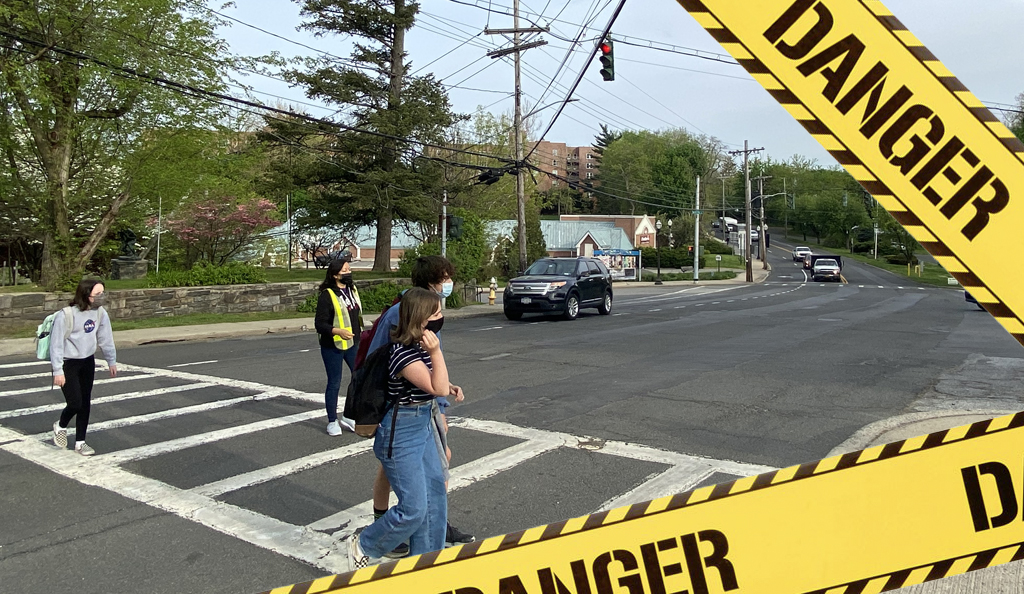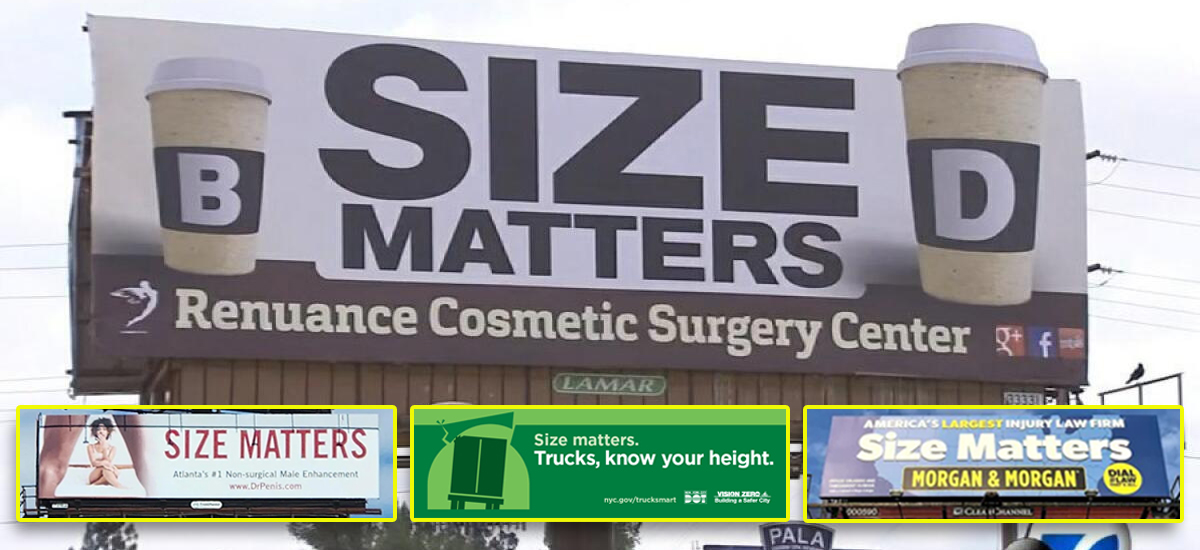Sometimes, and with some people, intuitive arguments just don't cut it. It's good to have some facts and figures at hand. That's the topic of today's featured post from the Streetsblog Network. On member site Worldchanging, Clark Williams-Derry wrote:
Photo of a neighborhood in Ventura, California, by -Wink- via Flickr.
Sometimes I feel a little like Captain Ahab, forever in search of an elusive white whale. In my case, though, the whale is profoundly geeky: I'm in search of a definitive study, or set of studies, showing
the relationship between urban design and transportation habits -- particularly, how neighborhood design affects fuel use.
So far, that particular white whale remains elusive -- but searching for it turns up all sorts of interesting tidbits. Like this one:
University of California researchers David Brownstone and Thomas Golob have looked at the relationship between residential density and driving habits, and concluded that:"Comparing two California households that are similar in all respects except residential density, a lower density of 1,000 housing units per
square mile...implies an increase of 1,200 miles driven per year...and 65 more gallons of fuel used per household."Thar she blows!!
...according to the numbers that these authors have crunched, living in a compact neighborhood rather than a sprawling exurb would lead to a decline in gasoline consumption of...wait for it...395 gallons of gasoline per household per year!
That's a lot of gas. By comparison, the average resident of the Northwest states consumes about 390 gallons per year; so living in a denser neighborhood does as much to reduce your driving as having one fewer person in your household.
Which brings us to the question of designing that density.
Dwell magazine and Inhabitat.com are currently sponsoring a competition called Reburbia, "dedicated to re-envisioning the suburbs." Streetsblog Network member BLDG Blog is one of the judges who narrowed down the contest to 20 finalists. Reader votes will decide the winner, so head on over and see if you can find an appealing, fuel-efficient template for the American future.
Speaking of contests, it's not too late to enter the American Public Transportation Association's "Dump the Pump" contest. APTA is looking for videos of people explaining why they're ditching their cars in favor of transit, and the deadline is September 18. The top prize is a year of free public transportation and an iPod Touch.
Also on the network today, Making Places looks at what we can learn from the Dutch concept of "self-explaining" roads. Among the lessons: "Wider, straighter, faster" does not mean safer.





